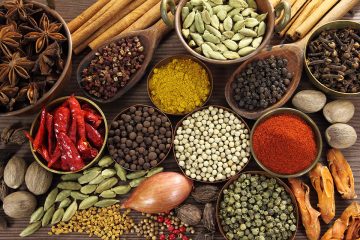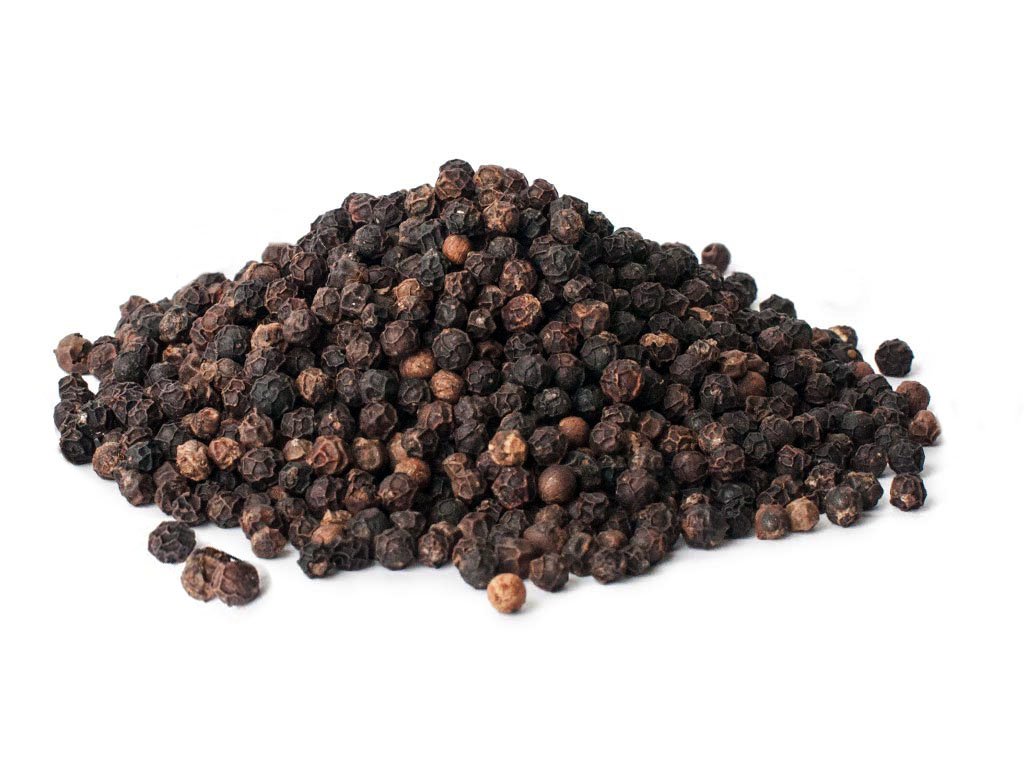
Black Pepper – Vietnam
Due to strong demand before the upcoming Lunar New Year Holiday, the pepper market in Vietnam remains stable. The current amount of rain makes harvesting and drying difficult though. In February or March, the crop will be in full swing.
Due to the low-price level, Vietnam’s cultivation area is drastically shrinking, with pepper trees being replaced by durian and banana trees, among other things. This will undoubtedly have an impact on Vietnam’s crop size over the years.
Farmers and domestic agents expect pepper imports from China to improve soon due to the suspension of the zero covid policy.
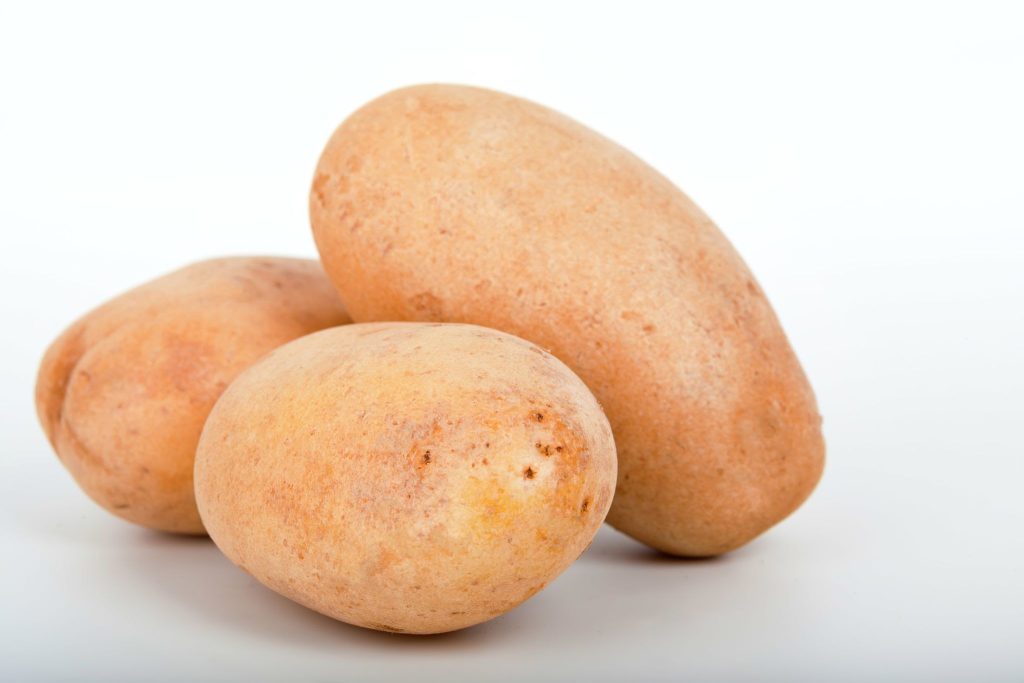
Potato – Europe
Potato producers in the EU, especially Spain and France, are negatively impacted by adverse spring weather and high summer temperatures. In Poland, the potato crop is estimated at 6.2M MT, a decrease of 13% YoY, according to the Central Statistical Office. At the same time, production and storage costs have skyrocketed. In major EU countries, electricity prices in 2022 increased by an average of 280% (50% to 500%) compared to 2021. The shortage of Potato products from Europe is likely to continue in the next few months with prices continuing to be unstable.
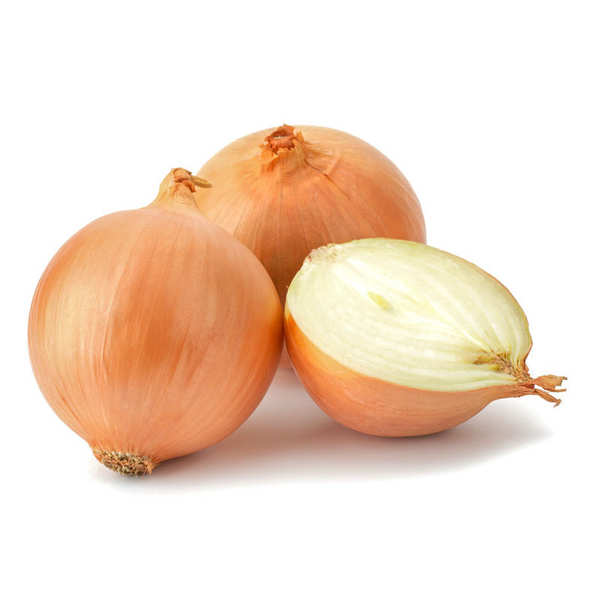
Onion – India
The harvest of new crop of onion is nearly coming to an end in the key plantation areas. There has been a decline in acreage, therefore a lower yield is expected by about 10% for the winter crop. Prices for onion in the upcoming months is likely to be higher because of inflation that has led to increased plantation costs for necessities like pesticides, fertilizers, labour etc.
The market for dehydrated onion products has been increasing in Q4 of 2022, but since the Indian rupee has been depreciating, the export prices so far have remained stable.
We believe that now is the best time to buy since the outlook for dehydrated onion products is very uncertain. Factors such as high gas prices, inflation, an expected global recession will have a negative impact on the price and quality of onion products.
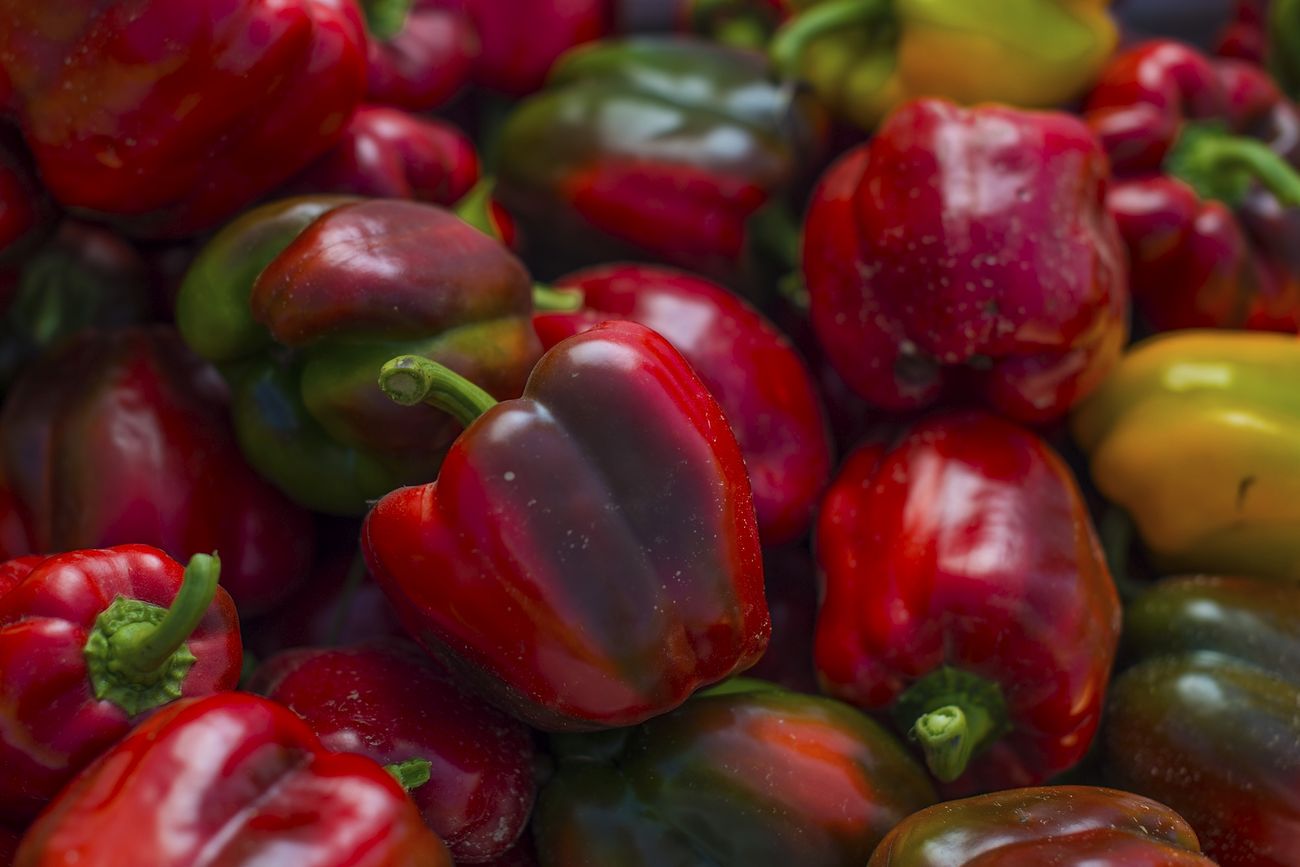
Bell Pepper -Spain
The wholesale price of Spanish bell pepper decreased by 9% WoW. The Spanish bell pepper price continued to decline due to the low-quality level for export.
Spanish bell pepper is beset with attacks by invasive pests such as Mediterranean fruit flies and tobacco thrips causing major quality issues.
The Spanish Ministry of Agriculture, Fisheries, and Food has taken an initiative on disease management so that the Spanish bell pepper may resume exporting again.

Sesame Seeds – Ethiopia
Ethiopia has long been a major producer of sesame seeds on the African continent, and the oilseed continues to be a major commercial crop in the country. It is also one of the most widely produced oilseed crops, representing 30 percent of Ethiopia’s oilseed production. In terms of foreign income, sesame exports give Ethiopia about $450 million annually. Over the last few years, Ethiopian farmers and exporters have been working harder to push further into the Chinese market and take a share in its insatiable demand. That drive seems to have been yielding results to a certain extent as from 2018 to 2021, over 283 thousand MT of sesame seeds have been exported to the Chinese market. Recently however, the supply of Sesame Seeds from Ethiopia has been severely impacted and made unstable, making the country an unreliable supplier for many countries including China.
Due to an ongoing civil war across the country, a large amount of sesame seed areas has seen a significant escalation of the conflict making it near impossible to work on the land. Some have had to abandon their farms and flee. Production is likely to push further down as the conflict and tensions in the region intensify.

Cumin Seed – India
The price of cumin seeds (jeera) in Gujarat continued to soar and touched a new height.
The rise in prices come amid apprehensions of low production in the wake of a drop in the sowing area and low production due to adverse weather.
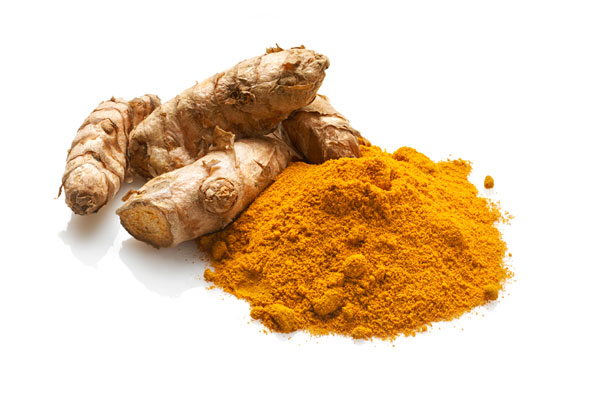
Turmeric – Bangladesh
According Rajbari Department of Agriculture Extension (DAE), a total of 1,175 hectares of land have been brought under turmeric cultivation this season, compared to 1,220 hectares last season.
Agriculture officials said growers in the region received good production of turmeric due to favourable weather conditions. In years to come , Bangladesh may become a important source of supply of turmeric.
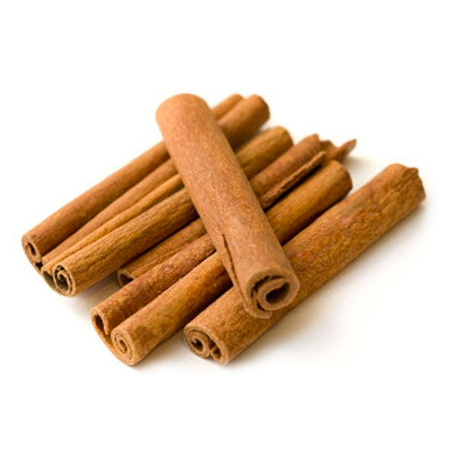
Cassia & Star Anise – Vietnam
The market for cassia and star anise has recently remained stable despite low demand; however, export prices have increased because of a shortage of raw materials during the off-season and the depreciation of the US dollar.
There won’t be any spring-crop star anise available until March, but autumn-crop star anise, which is of a higher calibre, is currently offered at a reasonable price.
The new crop of cassia will be ready in April. Due to favourable price levels in recent years, the cassia-growing area in Vietnam has greatly expanded.
With a variety of grades, high quality (high VO, well cleaned, well dried), competitive price, etc., Vietnam cassia is currently a good alternative on the market.
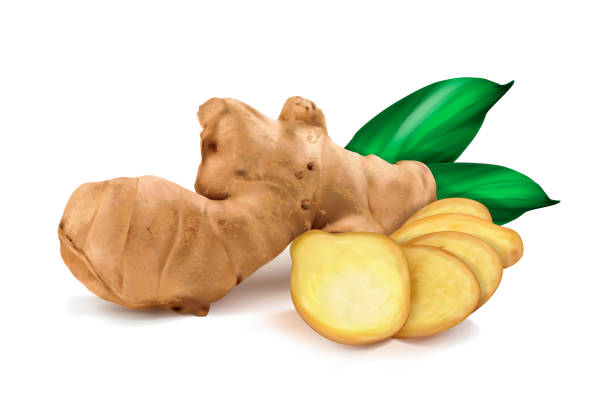
Garlic & Ginger – China
The sudden end of the lockdown in China has led to the rapid spread of the COVID pandemic across the country. Hospitals are again overcrowded, and tests and medicines are hard to come by. Moreover, many Chinese nationals are afraid to go out for fear of getting sick. Chinese suppliers are currently finding it extremely difficult to find labour to transport ginger and garlic materials.

Global Sea freight situation
Rates for shipping containers from east Asia and China to the US were largely stable this week, an indication that ocean demand is in the process of normalising from the sustained surge experienced over the past two years. However, i the context of rising interest rates and the US dollar, many port and shipping companies are confronting difficulties, but there are still beneficiaries.
According to the Vietnam Maritime Administration, in 2022, the total volume of cargo throughput via seaports was estimated at 733.18 million tonnes, up 4% compared to 2021. Exports reached 179.07 million tonnes, down 3% compared to 2021.

